Tomb of Askia
The most important and best preserved remnant of West Africa's powerful Songhai Empire.
The Tomb of Askia was built by Askia Muhammad, the Emperor of Songhai, in 1495. Located in Gao, a city in Mali near the banks of the River Niger, the dramatic and notably spiky-looking pyramidal tomb is part of a complex that also includes two flat-roofed mosque buildings, the mosque cemetery, and an open-air assembly ground.
Askia Muhammad was a West African statesman and military leader who took the throne of the Songhai Empire in 1493. He was a highly capable ruler who introduced an efficient administrative system across the lands of his sprawling empire, one of the largest states in African history. He divided Songhai into provinces, each with its own governor, and created new positions for the directors of finance, justice, interior, agriculture, water, and more. He also built a standing army under the command of a general, and appointed an admiral to command his fleet of war canoes.
Askia Muhammad was a pious man and soon established Islam as the religion of the nobles. When Gao became the official capital of the Empire, and Islam was adopted as its official religion, Muhammad ordered the construction of what is now known as the Tomb of Askia.
The centerpiece of the complex is the 56-foot-tall (17 meters) pyramidal structure, today considered the finest remaining example of the monumental mud-building traditions of the Songhai Empire. The style is unique to the West African Sahel, and represents a merger of Islamic tradition and local building practices, which had to adapt to the environment.
The pyramid’s dramatic “spiky” appearance is due to the permanent acacia-wood scaffolding that juts out across its surface. The tomb was constructed with wet plaster and mud, which has to be reapplied every year after the rainy season. As such, the pyramid undergoes an annual remodeling, hence the permanent scaffolding and the fluid, rounded nature of the structure’s outer surface.
As for Askia Muhammad, he was eventually laid to rest and sealed inside the tomb after a family feud of epic proportions. Near the end of his reign, Muhammad was old and half blind, with no one at his side apart from his loyal friend, servant, and adviser, Ali Folen. Knowing that their father was losing his grip on the empire, Muhammad’s children began fighting among themselves.
His eldest son, Musa, unseated Muhammad in 1529 during a bloodless coup and banished his father to an island in the river infested with mosquitoes and toads. From here, the blind Muhammad heard the reports of his warring sons. Musa killed a few of his own brothers and at least 25 of his cousins before his own brothers had him assassinated in 1531.
It was not until 1537 that Muhammad’s son and third successor, Askia Ismaïl, recalled his father to Gao. Muhammad died a year later and was buried inside the Tomb of Askia, which is today one of the most important and venerated mosques in all of West Africa.
Know Before You Go
The Tomb of Askia is located along Avenue des Askia in the north of Gao. Gao is the capital of the Gao Region of Mali and is situated on the River Niger, about 200 miles east-southeast of Timbuktu. Gao has an international airport and is linked to other cities, including Timbuktu, by a ferry service along the Niger River. Tours of the Tomb of Askia can be arranged in Gao, but check the local political situation before you visit. Rebel forces captures Gao in 2012, followed by Islamist militias; they were expelled a year later by French military forces, but foreigners still need to be careful throughout much of Mali.


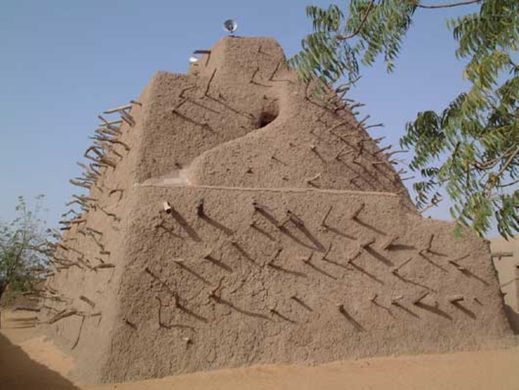
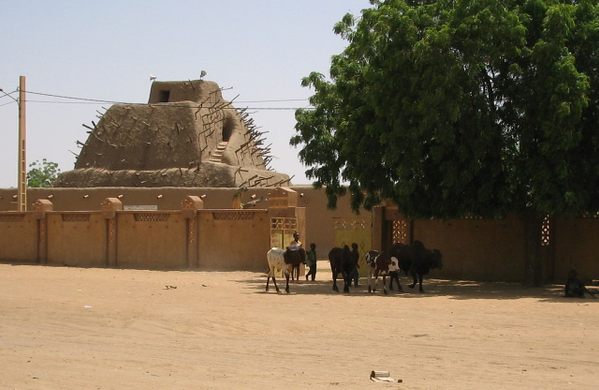
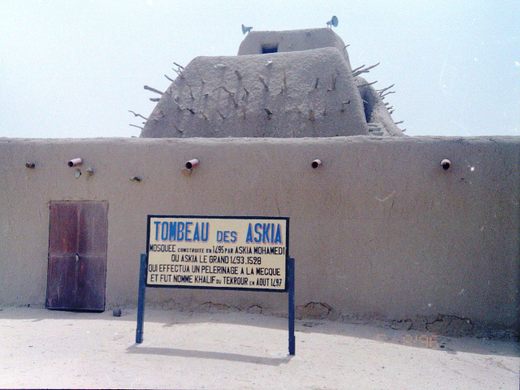






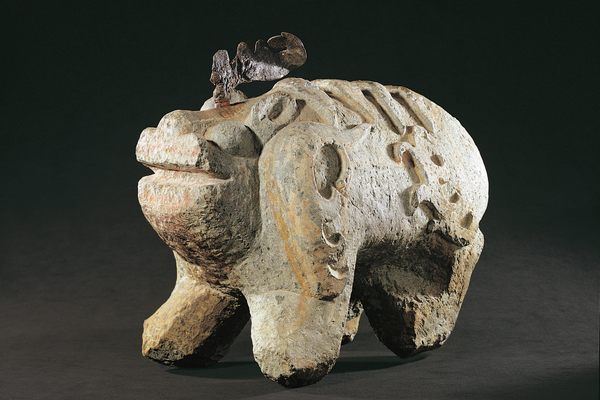
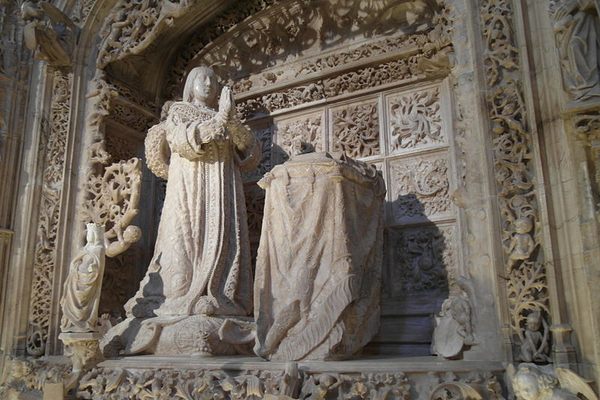
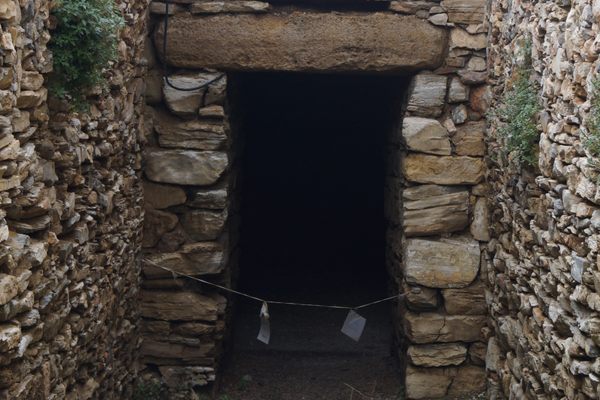
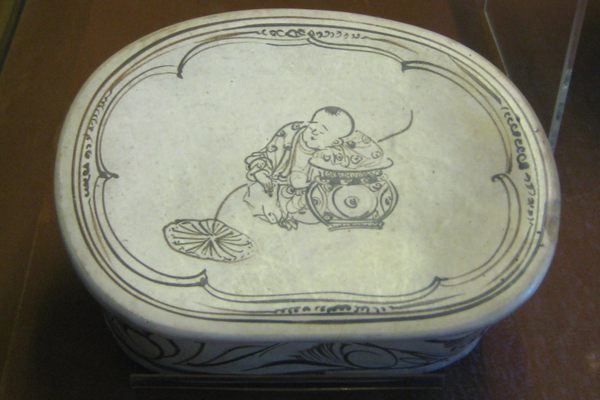

Follow us on Twitter to get the latest on the world's hidden wonders.
Like us on Facebook to get the latest on the world's hidden wonders.
Follow us on Twitter Like us on Facebook